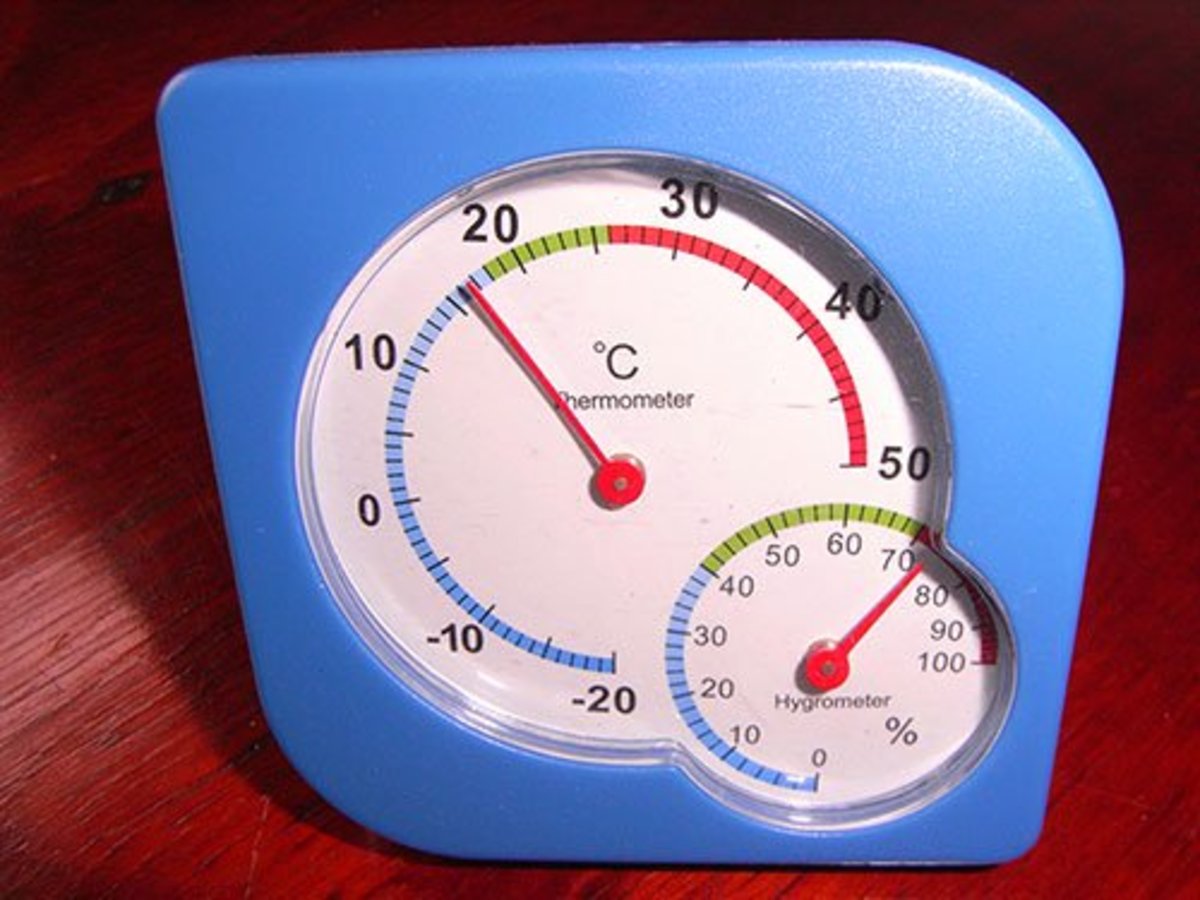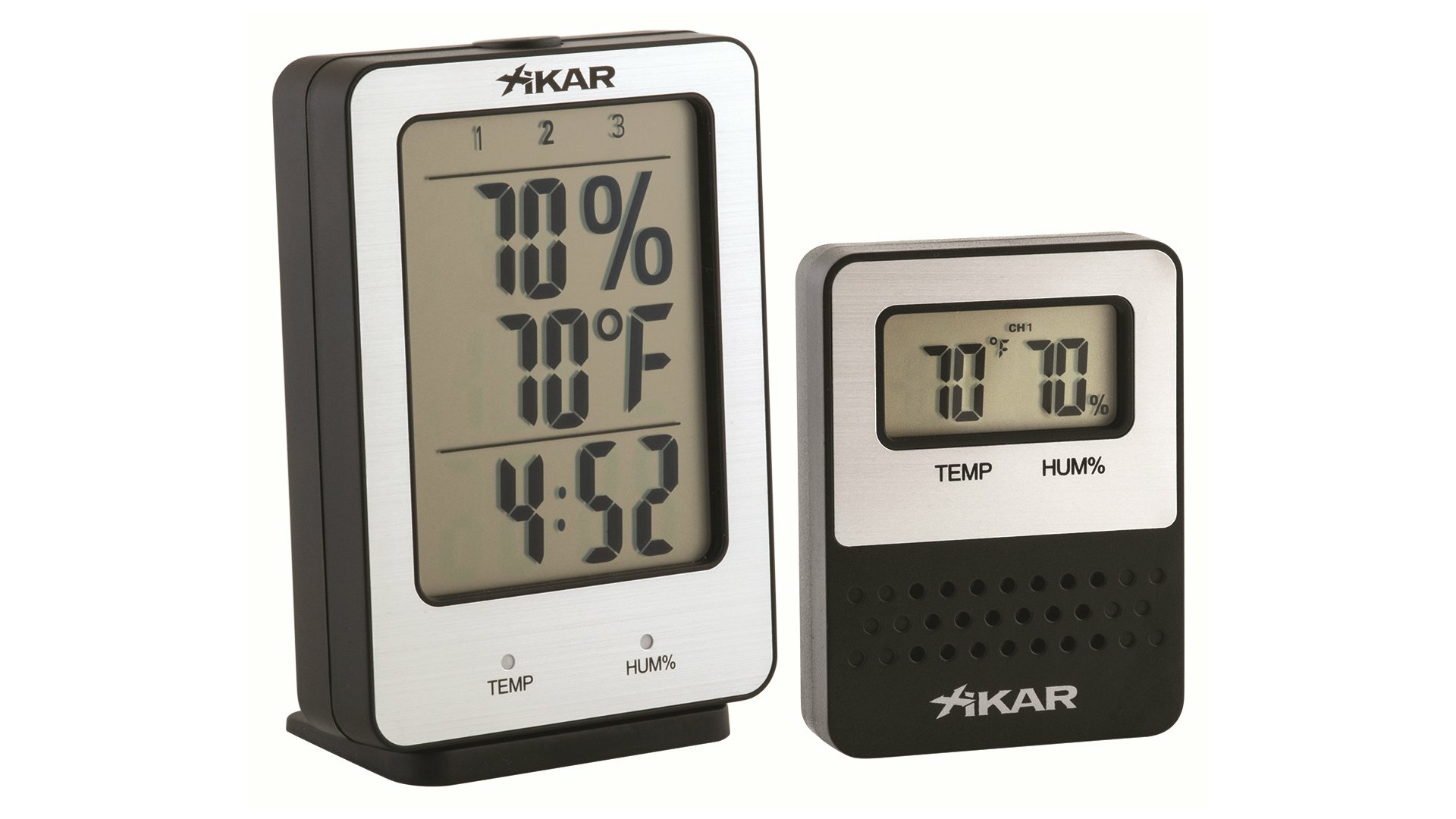Do you have a hygrometer at home and want to fully utilize its features? Or maybe you are planning to install one and want to be informed of how it works? We got you covered. In this article, we will guide you on how to properly use a hygrometer, as well as how does it work in general. Meanwhile, if you are looking for the 4 Best Indoor Humidity Monitors, please refer to our other articles. Without further ado, let’s start:
How hygrometers determines humidity
Usually, hygrometers calculate the overall humidity by using the capacitance or level of resistance in the air as a variable. There are two types of methods that hygrometers use, capacitive and resistive. Both of these methods will be discussed below.

- Capacitive hygrometer
A capacitive hygrometer features a couple of metal plates that contain air in between. The more humid or moisturized the air is, the more reaction it gets from the capacitance of the plates. Capacitive hygrometers measure the humidity fast and precise by using this method.
- Resistive hygrometer
Meanwhile, a resistive hygrometer uses electricity that runs via a bit of ceramic component that is uncovered, exposing it in the open. More water vapors will condense within the ceramic part of the hygrometer relative to the amount of water vapor is in the air. Resistive hygrometers employ the measurement of current to provide a precise rating of the moisture.
The comfortable humidity level for indoor environments
Suitable moisture ranges differ by time of year particularly with the extreme weather conditions happening in some parts of the world. What follows is a general concept of what percent your home moisture level ought to be to maintain the comfortability of your home. You should try to keep the moisture readings in your hygrometer by the following percentages:
- Summer season
The normal humidity range for the summer season is 40 to 50 percent. A humidity level that reads 60 percent or higher will lead to a muggy and moist atmosphere, potentially affecting delicate instruments and items like pianos.

- Winter season
During the winter season, the appropriate humidity range goes lower to 30 to 40 percent. Any reading from your hygrometer that is higher than 40 percent will cause build up of condensation in your windows, and causes a lot of moisture.
- Average indoor humidity
Generally speaking, the humidity levels all year round must be in the range of 45 to 55 percent, with marginally reduced percentages during the winter season.
Control humidity levels
- How to decrease indoor humidity levels
- Use a dehumidifier or exhaust fan
- Invest in indoor plants, since they are absorbing humidity naturally
- Do not boil water since it adds to the humidity
- Maintain the cleanliness of the filters of your air conditioner
How to increase indoor humidity levels
- Use a room humidifier
- Cook more with your stove, especially with recipes that requires boiling
- Use a water spray as a humidifier

